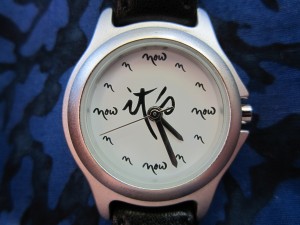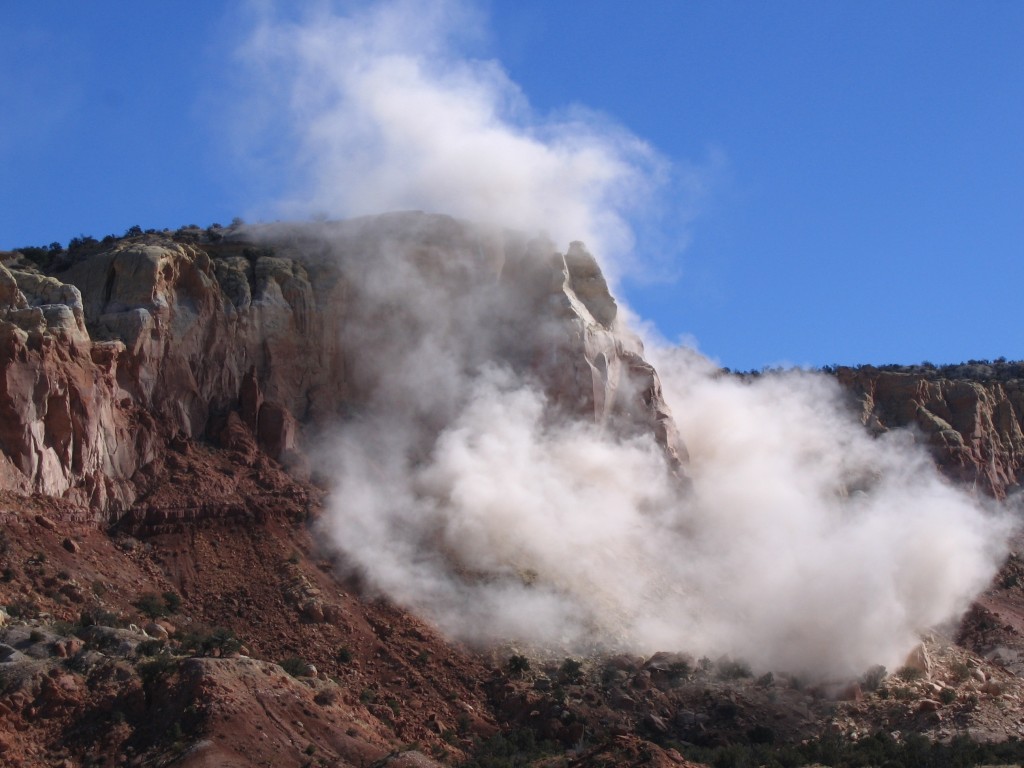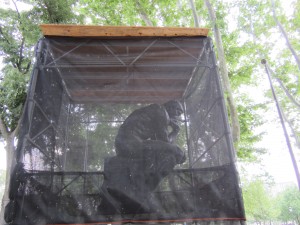
I find one of the great things about To Do lists is being able to check things off when they’re finished. It gives me such a sense of satisfaction to know that I’ve actually accomplished something. My To Do list, with all of its checked off items, is proof of my productivity.
But lately I’ve become aware of something: To Do lists have a shadow side. They encourage me to get things done rather than actually do them. Let me explain.
When I’m doing something just to get it done, I’m not really doing it. I’m not stepping into the moment and relating to whatever I’m doing as I’m doing it. I am not in an I-Thou relationship with the people I’m with, or the objects I’m touching.
When I’m focused on checking things off my To Do list, I’m not living my day. I’m just getting it done.
I’ve noticed something else: when I’m trying to get something done, I start feeling agitated, irritated, bored. These feelings are signals for me to wake up, bring myself back to the moment, and actually do what I am doing.
Here’s an example.
Kip and I garden, and August is a month that demands a lot when you grow your own food. It’s the time of year when you’ve got pounds and pounds of potatoes, pounds and pounds of tomatoes, pounds and pounds of carrots, and you’ve got to do something with all that abundance. You’ve got to cook it, can it, freeze it, use it, or you’ll lose it.
So one day not too long ago I pulled out the heavy bag of carrots I’d harvested, and I started to make a big pot of spiced carrot soup. I figured we’d eat some of it right away, and the rest I’d freeze for one of those winter days when I don’t want to cook.
So I began chopping and sauteing onions, peeling and chopping carrots, tossing all of it and the spices into a big pot, along with some stock, and I let it simmer for a while. When it was ready, I pulled out my hand blender and started pureeing.
And that’s when I noticed it. I wasn’t enjoying making the soup. I was just getting it done—and feeling irritated that I had to do it.
That was my wake-up call. I started doing what I was doing. I let myself drop into the timelessness of the moment, and I beheld the most amazing thing.
The blender, its blades whirring just beneath the surface, was creating a vortex of the most astounding patterns. The chunks of carrots and onion got smaller and smaller, until they had combined into a velvety, gurgling current swirling gracefully within the shiny stainless steel pot.
It was magical. I was filled with wonder at such physical marvels and overcome with gratitude for Earth’s plenty.
Can you believe I almost missed it?
I know this: when I actually do what I’m doing, when I sink into the pure experience of it, when I let myself truly relate to the moment at hand, I come alive.
I’m no longer an automaton going about her daily tasks. My “tasks” become spiritual portals—blessed opportunities to delight in life’s simple mysteries.
I enter what Buddhists call beginner’s mind, that state of awareness and engagement that is filled with the wonder of experiencing life anew in each moment.
What I’d like to do is let my To Do list become an aid, rather than a hindrance, to my spiritual practice. I’d like to use it as a tool to help me stay awake to my life by posing the question, whenever I check something off the list, did I actually do this thing? Or did I settle for just getting it done?
It might be one of the most important questions any of us can ask, because there’s a huge difference between the two. It’s the difference between missing our experiences or living them. Just between you and me, I’d rather not get to the end of my days and have the painful realization that I didn’t actually live my life. I just got it done.


